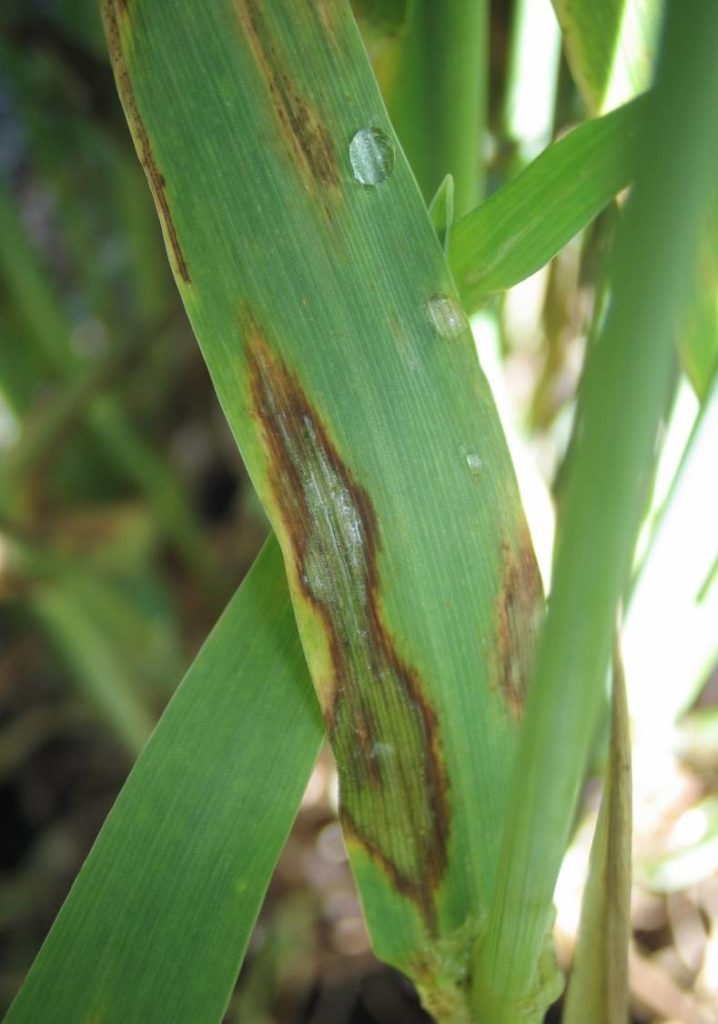Crop health update: Barley disease management
14 March 2019Barley is building up a whole host of fungicide resistance issue with rhynchosporium, net blotch and loose smut all showing shifts in recent seasons. The better news is that when actives are used in mixture they still bring pretty solid disease control to barley programmes in both the winter and spring crops – with the exception being ramularia where chlorothalonil is the only remaining effective fungicide.
Legislative losses have also removed some tools. Seed treatments have been particularly affected by the shift from assessing the overall risk associated with the use of active to a hazard based approach. The list of seed treatment options on spring barley is now much shorter than previously so previous choices may not be available. It is worth flagging the potential resistance issues with loose smut and it is worth testing seed lots for this disease now if home saving seed. Don’t assume a seed treatment will manage an unknown lot back to full health. Certified seed will have a guarantee of low levels
Rhynchosporium has slightly eroded the efficacy of strobilurin fungicides and there have also declines in the efficacy of some of the older azoles. Using well balanced mixtures is necessary to avoid exposing individual weaknesses. Net blotch has developed partial resistance to strobilurins and SDHIs. The better news is that there is a greater range of chemistry to deploy in barley compared to wheat with cyprodinil, azoles, SDHIs, strobilurins and morpholines all bringing something so there is scope to bring diversity to programmes and not be overly reliant on any one component. The uptake of more resistant varieties and a move away from disease prone varieties like Concerto and Optic is also a positive.
Farms where mildew has been a regular problem may benefit from a mildew specific active such as cyflamid or metrafenone. Spot for spot mildew is not as damaging as other diseases so, unless there is a history, mildew treatment shouldn’t be generic in programmes. The early treatment at the very start of stem extension (T1) aims to retain tillers and with them grain sites. Later sprays at booting keep leaves green and fill these sites. In the winter barley crop the T1 is the most responsive to fungicides and, with overwintering disease levels higher in 2019, then a pre-spray (T0) clean up may also be necessary. This early slot isn’t so responsive so there is a logic to using cheaper alternative actives like cyprodinil, with the advantage of keeping main chemistry to the main timings and reducing resistance risk. In spring barley the responses are more evenly split between T1 and T2, and because of ramularia resistance there will be a reliance on chlorothalonil at T2.
Fiona Burnett, SRUC, for the Farm Advisory Service
Sign up to the FAS newsletter
Receive updates on news, events and publications from Scotland’s Farm Advisory Service

